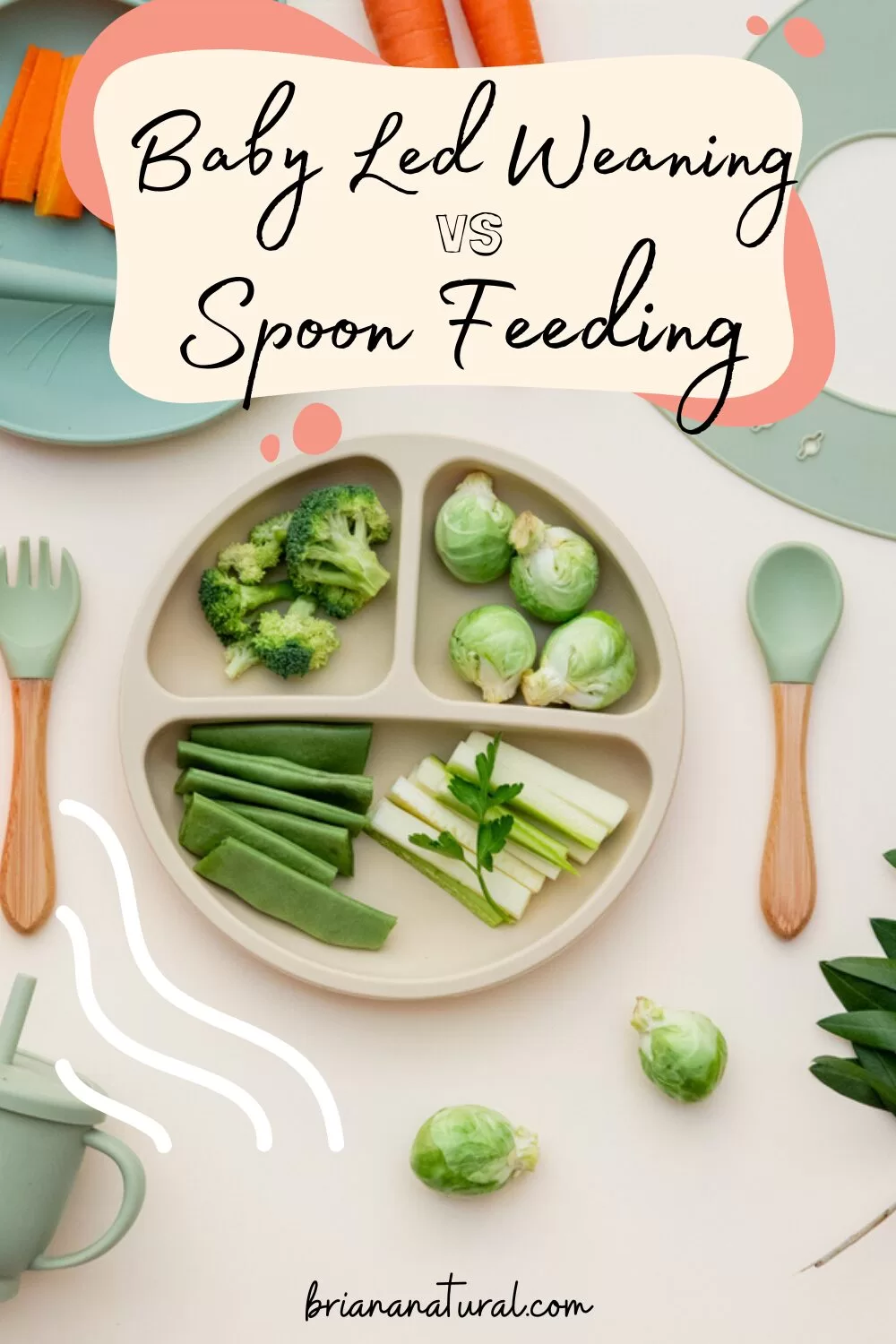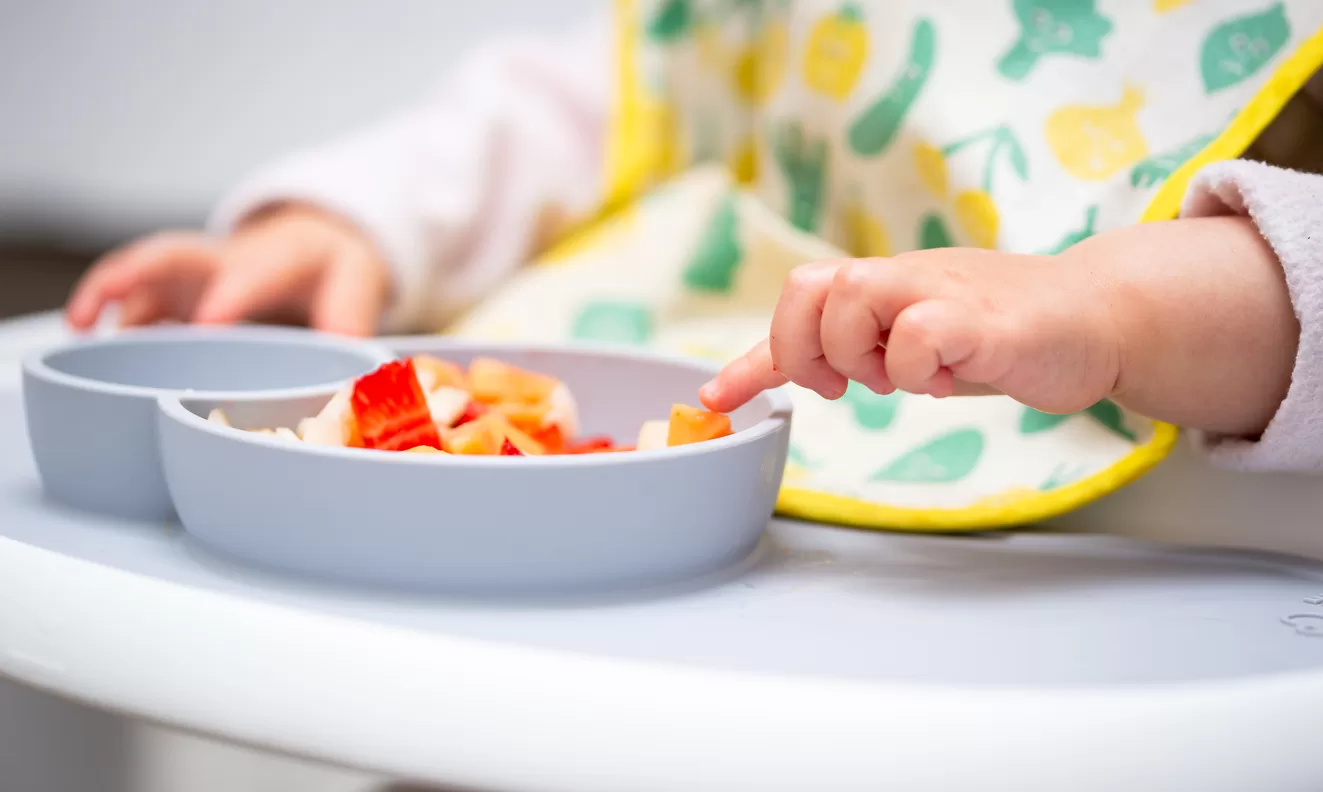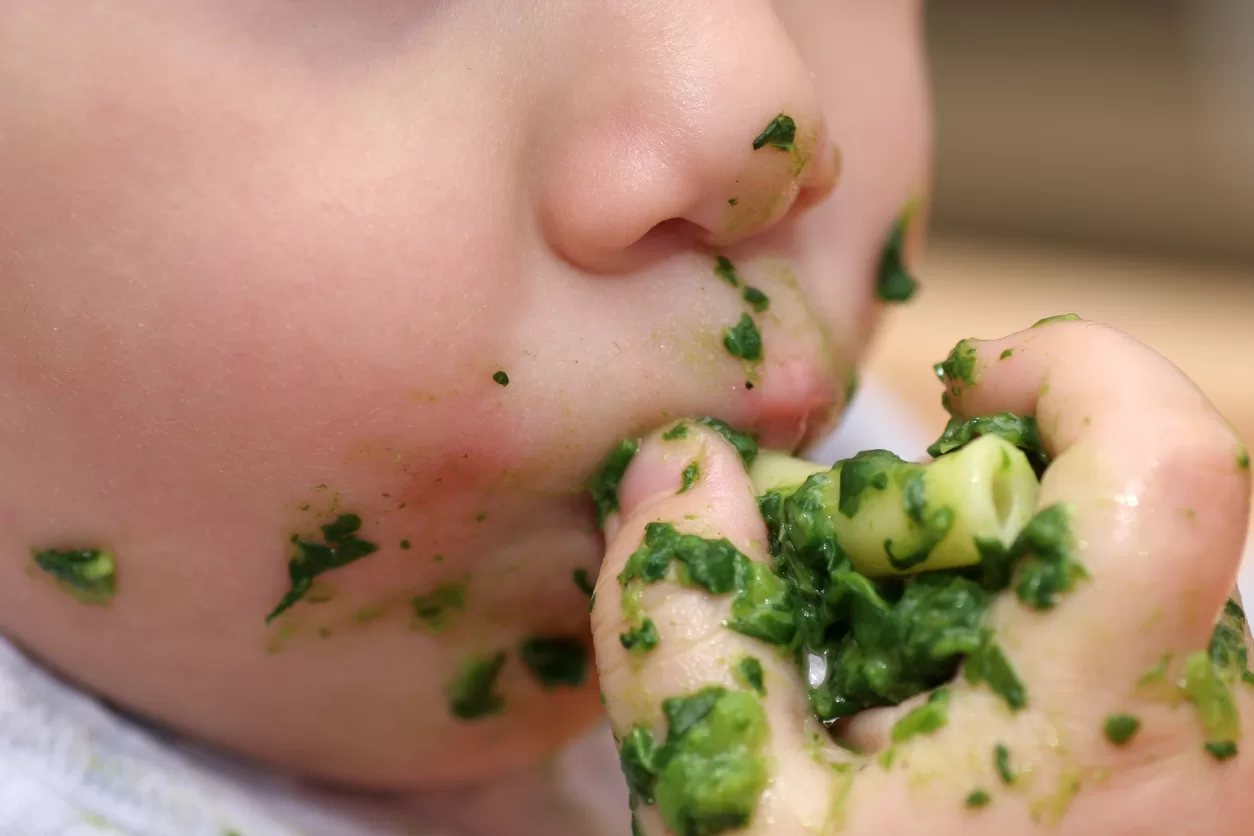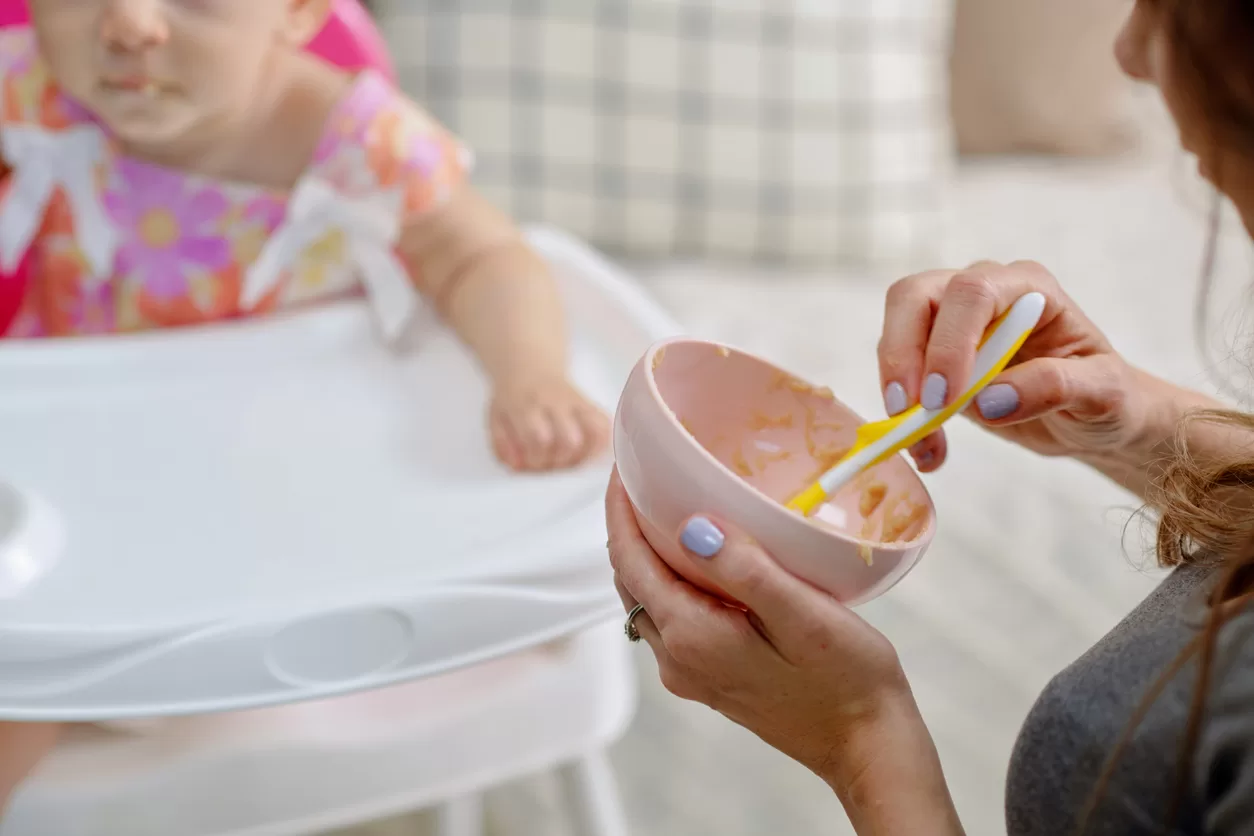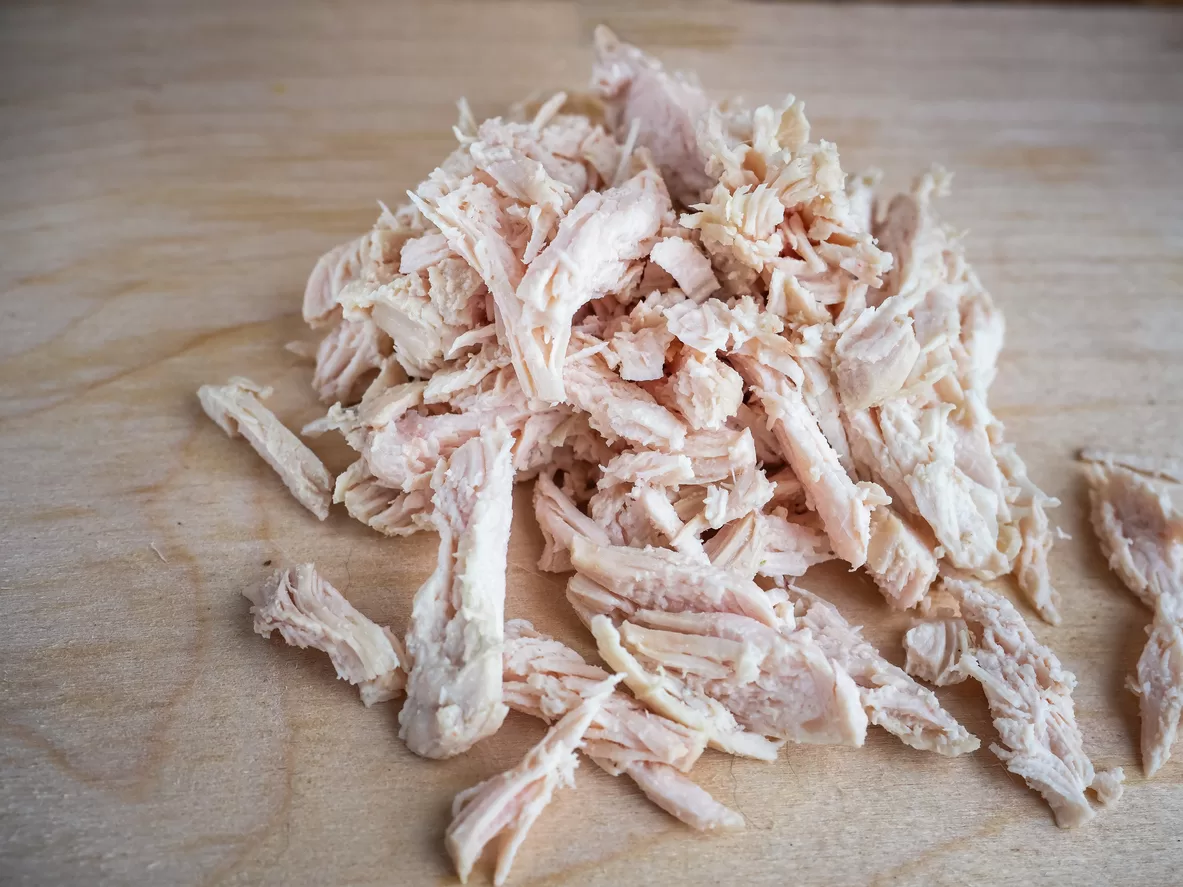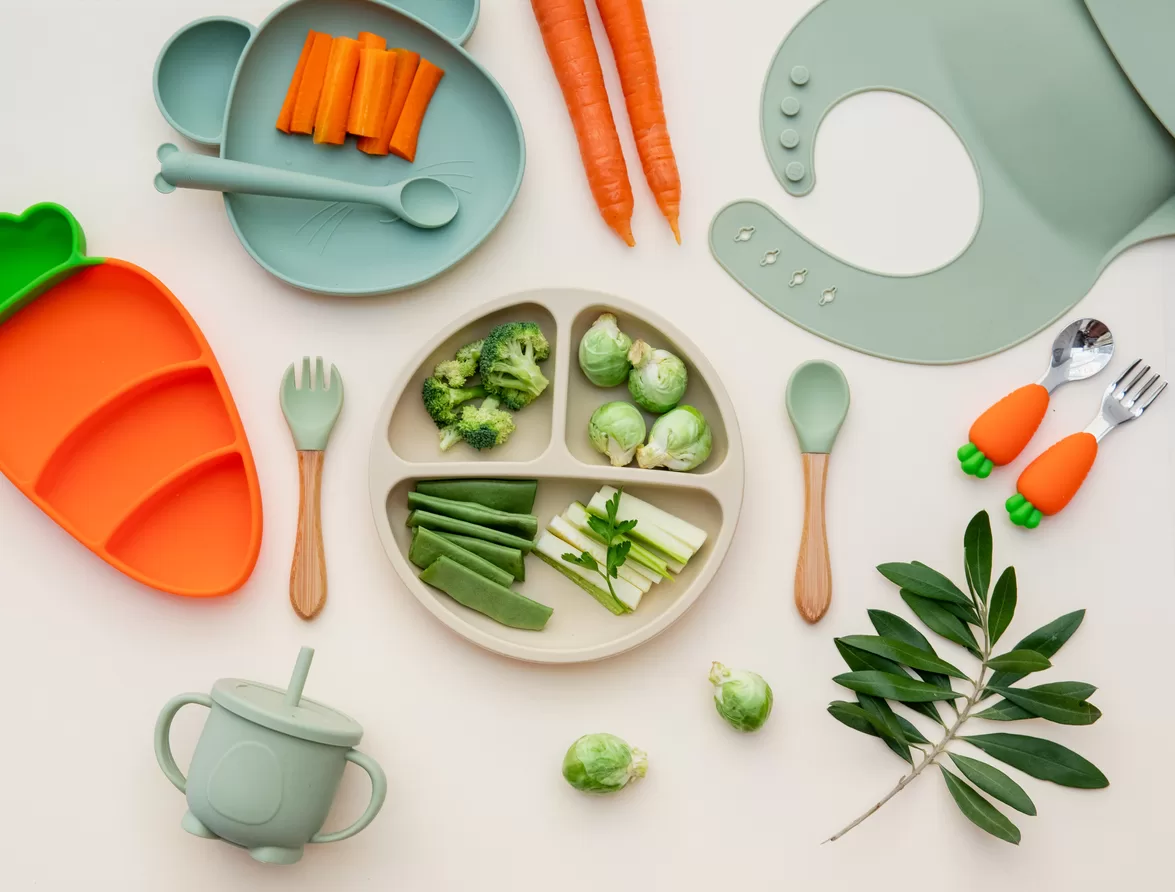Baby-Led Weaning vs Spoon Feeding: What is Better?
There’s been a lot of hype around baby-led weaning vs traditional spoon feeding lately when it comes to introducing single ingredient solid foods. And let me tell you, it’s for good reason. BLW promotes self-feeding and allows your little one to take control of their fine motor skills. It also exposes baby to many different and new textures – something that gets missed with purees.
It’s an exciting milestone to watch your baby learn to eat solids after being on breast milk or formula, right? Not always. Unfortunately for some new parents like myself, the learning curve can be a source of stress and confusion as we try to navigate baby’s cues.
My son struggled with eating anything other than milk. Milk is what he wanted all day, every day. Soft foods? Pass. Oatmeal? Pass. Mashed banana? Nope. I was at the end of my rope and it seemed like my son would take nothing but a bottle. Sometimes it’s ok to give a little pureed baby food, but even better to consistently offer foods in their natural form. Hang in there and don’t give up!
Now, let’s explore what you’re really here for; the pros and cons of baby-led weaning and spoon feeding as a feeding method while creating a positive experience!
What is baby-led weaning?
Baby-led weaning is the process of allowing baby to self-feed on their own terms. This was heavily pushed by doctor Gill Rapley, a British author and midwife, before gaining recent popularity. She wrote an excellent book that I love called Baby Led Weaning: The Essential Guide.
In this style of feeding, babies are offered food in their natural form rather than pureed into a mush. This alternative approach allows them to practice motor skills such as grabbing, pulling, holding, and coordinating the movement of picking food up and putting it into baby’s mouth.
On top of all the motor skills, baby led feeding promotes confidence! This is such an important aspect of child development as it allows baby to seek more learning opportunities rather than just sticking with what’s comfortable. We want baby to move out of their comfort zone at their own pace in order to thrive!
When should you start baby-led weaning?
The American Academy of Pediatrics recommends that babies consume only milk for the first 6 months of age. After that, very soft foods are allowable. If baby is ready, they will be able to lift their head on their own, they will automatically open their mouth when food is headed towards their lips, and they will be able to sit up straight at a bare minimum. Babies who are not ready will consistently push food out of their mouths with their tongue, so watch out for this!
Why are the pros of baby-led weaning over spoon-fed weaning?
Puree is an excellent source of food. I have an article on the healthiest and safest pureed food available here, BUT, traditional weaning can delay the motor function attributed to baby self-feeding. This is due to the lack of skill required for baby to ingest their food.
If mom and dad are physically placing puree into babies mouth via spoon during family meals, baby is missing out on all of the fine motor skill development that can occur by grabbing. The textures, the chewing motion, hand-eye coordination, the pincer grasp to pick up smaller foods – they can miss out on all of these learning and development opportunities at a young age.
Another benefit of BLW is the psychological advantages for baby. Giving baby the ability to control what they eat, how much they eat, and the way in which they eat offers a major confidence boost.
What starter foods are best for baby-led feeding?
Starting solids can be fun! However, there are some foods that work better than others. Soft finger foods shredded into small portions pose little risk of choking – exactly what we are looking for. Whole pieces of food such as finely cut fruits and veggies, shredded meats, soft cheeses, and small portions of bread work excellent.
Examples of known to work best for BLW include avocado, banana, kiwi, mango, berries, steamed broccoli, peas, steamed and chopped carrots, sliced and roasted sweet potato, cooked lentils, shredded chicken breast, chopped chicken thigh meat, roasted turkey, salmon, trout, pulled pork, sliced roasted ham, barbacoa, sliced cheddar cheese, macaroni, and scrambled eggs.
Many of the options listed above are excellent sources of iron-rich foods and vitamin C. It’s important to make sure baby is getting the correct nutrient intakes with different textures!
Choking versus Coughing
It is important to be aware of the risk of choking. Identifying when baby is choking vs coughing during can be a learning curve. A baby coughing is actively “getting up” food whereas a baby who is not breathing and turning blue is choking. Choking is an emergency and babies should always be monitored while eating!
Baby Food Allergy Awareness
Let’s take a quick pause and discuss the risk of allergies. Sticking with single ingredient baby finger foods is always a good idea during the introduction period for safety reasons. Introducing one new food every few days can help identify if your child has allergies (let’s hope not)! Keep track of when the symptoms started and what new food was introduced that week. Avoid that food moving forward.
Symptoms of allergies include itching or swelling of the mouth/throat/lips/tongue, rashes, diarrhea, vomiting, cramps, wheezing, difficult breathing, swelling, and low blood pressure. Keep an eye out for all of these symptoms and contact your doctor immediately if you notice any of these signs.
What foods should be avoided?
A major factor to consider when starting babies on solids is texture. There are some types of foods that tend to ball up when mushed together in the mouth which can prevent choking hazards. This may include breads, crackers, granola, cookies, candies, etc. Foods that are round and could potentially get caught in babies throat should also be avoided. It is also a great idea to be mindful of foods that can easily break into large chunks in babies mouth such as apples or pretzels.
Most importantly, it is best to avoid allergens! The list below includes many potential allergens on top of cautionary foods. Keep in mind that not all babies have allergies. Many do just fine on these foods, but it’s a good idea to be mindful of potential risks.
Oranges/grapefruit
We are referring strictly to the thin membranes of the fruit here. Chewing through the membrane of an orange slice can be difficult for a baby with little to no teeth and poses a choking hazard.
Eggs
Eggs are actually an excellent starter food, but there is a high rate of children with egg allergies. Be mindful of this when offering eggs to baby and make sure to monitor for allergic reactions.
Honey
Baby older than the age of 1 year? Then you’re probably fine, but if baby is under 1 year old, honey poses a high risk of carrying bacteria. This bacteria can cause botulism in baby which produces toxins inside the large intestine causing severe illness.
Fish
Best to avoid tilefish, swordfish, shark, orange roughy, king mackerel, bigeye/bluefin tuna, and marlin due to high mercury levels. Light tuna, salmon, trout and herring are excellent options and offer DHA; a great supplement for brain development.
Raw Nuts and Seeds
On top of the high rates of nut allergies, these can pose choking hazards even in the butter form. The raw form of nuts and seeds can be too hard to chew while nut butters can be too sticky to swallow safely.
Deli Meat
Tends to be high in salt. Too much sodium is not ideal for babies tiny kidneys, so limit amounts of foods such as deli meats.
What tools do I need for baby-led weaning?
None, really. Although it is practical to assume a high chair is needed! Baby will likely be making a bit of a mess while they explore the world of self-feeding. They make these excellent silicone bibs nowadays that catch all the falling food baby will miss to make clean up much easier. Smocks are also great for wet and sauced foods.
Conclusion
So, what’s better? Baby-led weaning (BLW) or spoon feeding? There are many answers to this question, but the honest answer is that it depends on your baby. Some babies are more outgoing and willing to try new things, some aren’t.
However, the most important thing to keep in mind is that fed is best. If you’ve gotten to the point where baby has rejected all foods other than puree and milk and is now hungry, don’t force it. Watching baby develop confidence and practice their self-feeding skills during family mealtimes is a wonderful journey filled with ups and downs. I hope this post aids you in finding what works best for you and your little one!
Disclaimer: This post may contain affiliate links. I have thoroughly researched these companies, tried them myself, and hope you will love them as much as I do!
